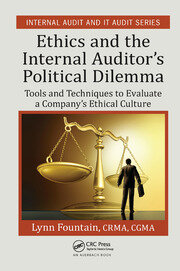The Concept of Enterprise Architecture from Theory to Practice
Even though the field of enterprise architecture (EA) has matured many organisations still struggle with its development and implementation particularly those organisations involved in continuous transformational cycles and subjected to different environmental trends. This book is intended to assist organisations in getting a grip on the factors influencing EA implementation and gaining a deeper understanding of why things happen the way they do in the practice of EA. It is a comprehensive and definitive resource that is useful to both business professionals and academics. The book presents an approach for the development implementation or institutionalisation of EA that is independent of any method or other architecture frameworks. It can be applied directly using a realistic selection of organizational variables. The approach has two distinctive features that support EA even in complex environments: From both technical and non-technical perspectives it identifies influencing factors and how they manifest in the practice of EA in an organization It offers linear and practical mechanisms for developing and implementing EA to fortify the practice of the concept in an organisation This approach represents a significant contribution to EA. Starting with descriptions for EA the book offers deepened models and frameworks for the development and implementation of EA at the domain level. It also covers factors upon which a model is built for the institutionalisation of the concept. Additionally the book discusses the implications of EA for sponsors architects and other stakeholders responsible for EA development implementation and institutionalisation. | The Concept of Enterprise Architecture from Theory to Practice

















































